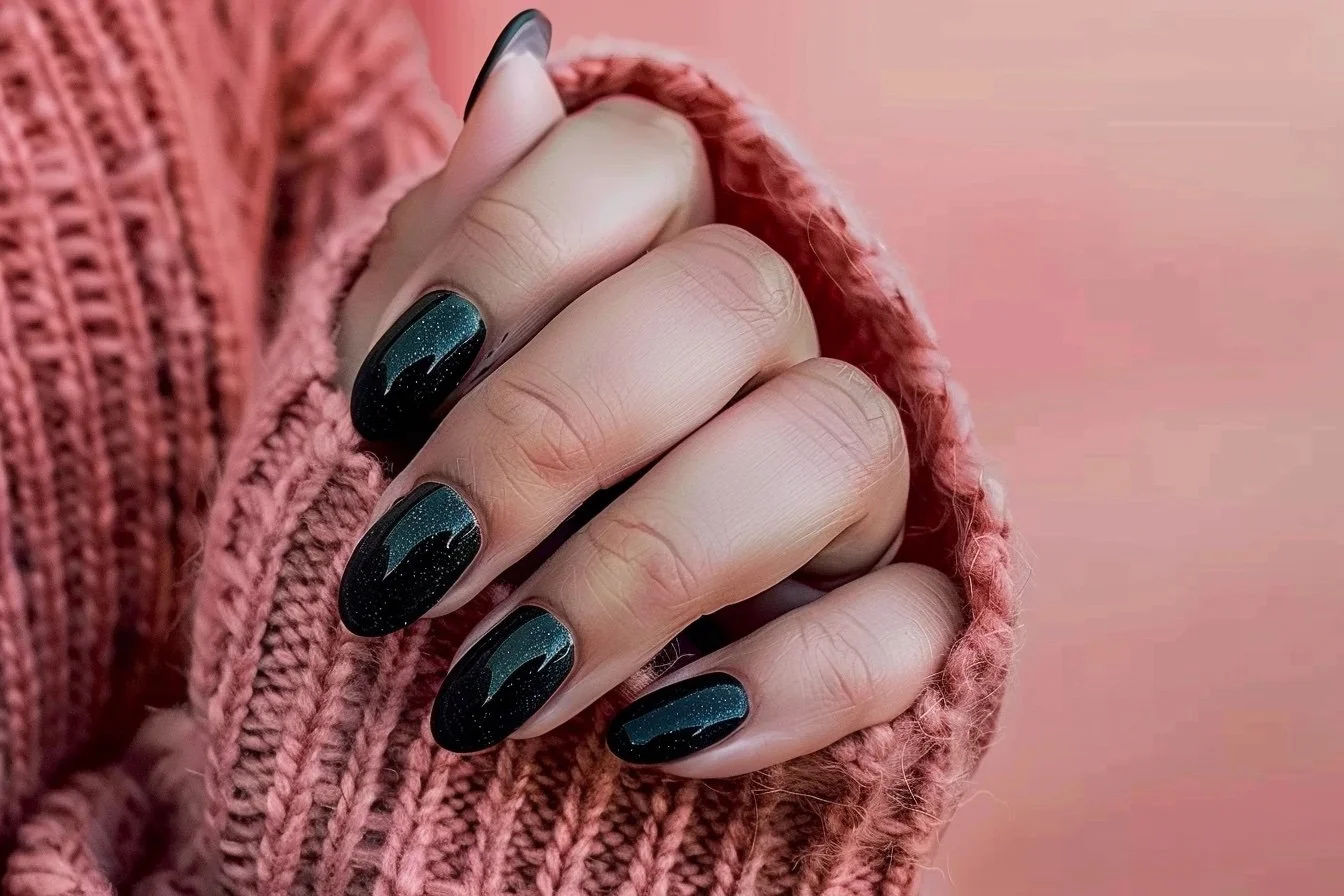Black Nail Polish in Queer Culture: Understanding its Significance and Symbolism
Black nail polish carries meaning far beyond its bold appearance. For many in the 2SLGBTQiA+ community, it has become a symbol of rebellion, individuality, and unity—an understated but powerful expression of identity and defiance. This article looks at the cultural and personal significance of black nail polish within LGBTQ+ circles, tracing its roots through history and into the modern day.
Historical Context
Once a luxury limited to aristocracy, nail polish has evolved into a versatile tool for self-expression. In 2SLGBTQiA+ history, it gained visibility through drag culture, where bold makeup and fashion challenged gender norms and celebrated queer identity. The use of nail polish—particularly black—grew as an act of resistance, especially during pivotal moments like the post-Stonewall era. It became not just an accessory, but a subtle yet powerful act of defiance.
Black as a Statement: Defying Norms
Black nail polish has long been associated with rebellion. In the 2SLGBTQiA+ community, it resists traditional ideas of gender and beauty. For drag performers, non-binary individuals, and others who challenge the mainstream, black polish is more than an aesthetic—it’s a way to reclaim autonomy and express authenticity in a world that often demands conformity.
Gender Identity and Personal Power
For many trans and non-binary people, black nail polish serves as a small but meaningful way to affirm identity. It defies the constraints of the gender binary, offering a tool for self-definition that’s personal, public, and political all at once. What might seem like a minor detail becomes a form of visibility and pride.
Intersectionality: The Layers of Meaning
Race, gender, and sexuality intersect in complex ways, and the symbolism of black nail polish shifts accordingly. Black 2SLGBTQiA+ individuals, for instance, often weave cultural identity into their expressions of queerness. For some, black polish becomes a form of resistance tied to both racial and gendered experiences, deepening its cultural significance.
A Modern Marker of Pride and Visibility
Today, black nail polish remains a visible emblem of pride and self-expression. It’s embraced by LGBTQ+ influencers, celebrities, and everyday individuals alike. Its mainstream appeal hasn’t diluted its meaning—instead, it continues to serve as a quiet but defiant marker of solidarity, especially in spaces where queer identities are still policed or marginalized.
Acknowledging the Debate
While widely embraced, black nail polish hasn’t been immune to criticism. Some argue that it simplifies complex identities or reinforces narrow stereotypes. However, this view often overlooks the deeply personal reasons individuals choose to wear it. Dialogue about its meaning can open space for greater understanding, rather than reducing it to a trend.
Beyond Black: A Spectrum of Expression
While black polish holds unique significance, it’s just one part of a much broader palette. 2SLGBTQiA+ self-expression comes in many colors, styles, and forms. From rainbow hues to minimalist designs, each choice reflects personal stories and identities. Celebrating this diversity strengthens the inclusive spirit at the heart of the community.
A Symbol of Resilience
In 2SLGBTQiA+ culture, black nail polish stands as a quiet symbol of strength, self-determination, and unity. It tells a story of people who refuse to hide who they are. Whether through polish or other forms of expression, the right to be visible—and to be oneself—is at the core of what it represents.
The rise of nail polish is a symbol of resistance to rebellion or edginess like a big gambler at a Vegas or at an online casino.

